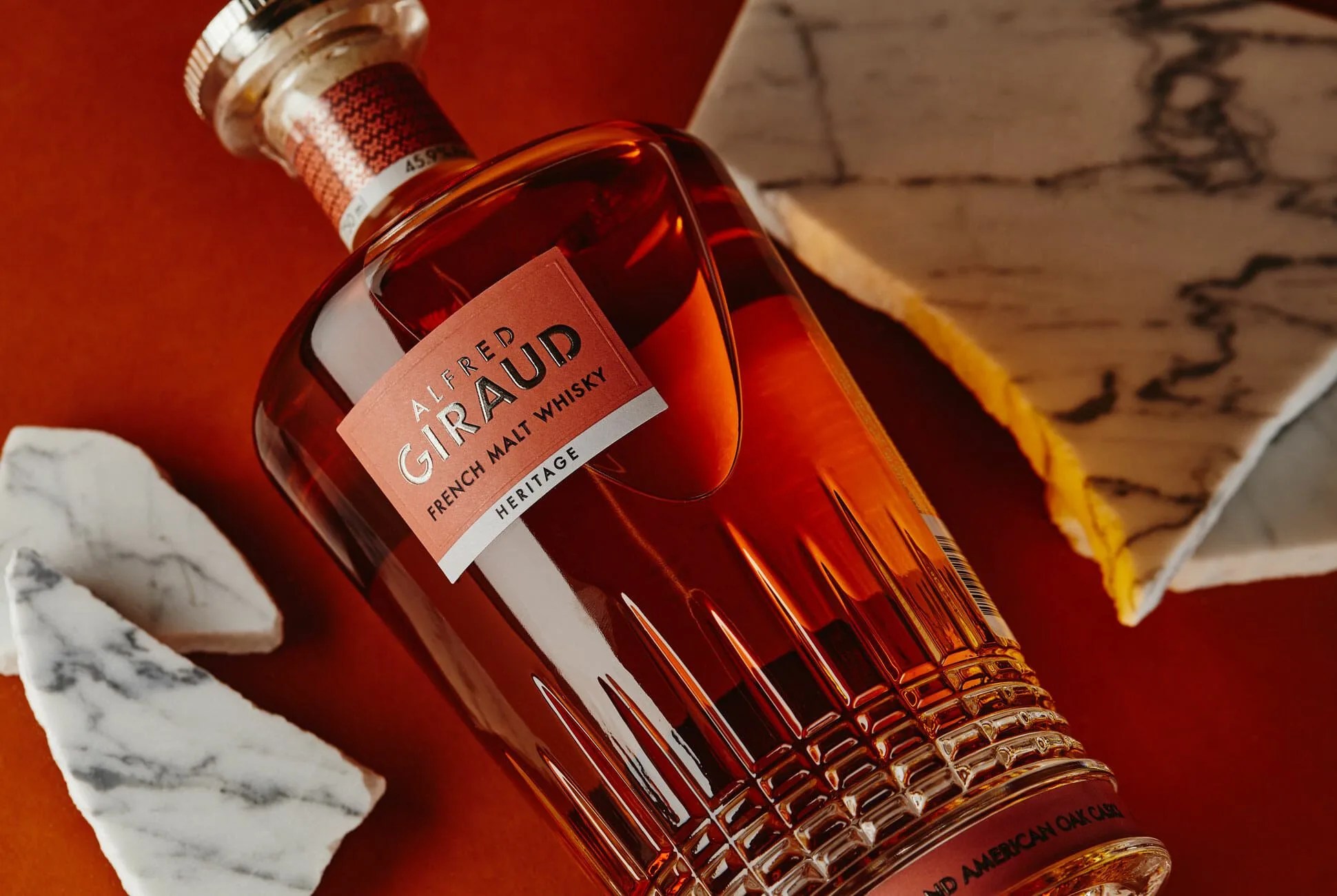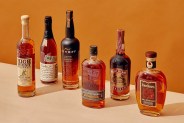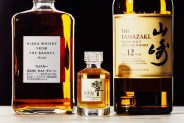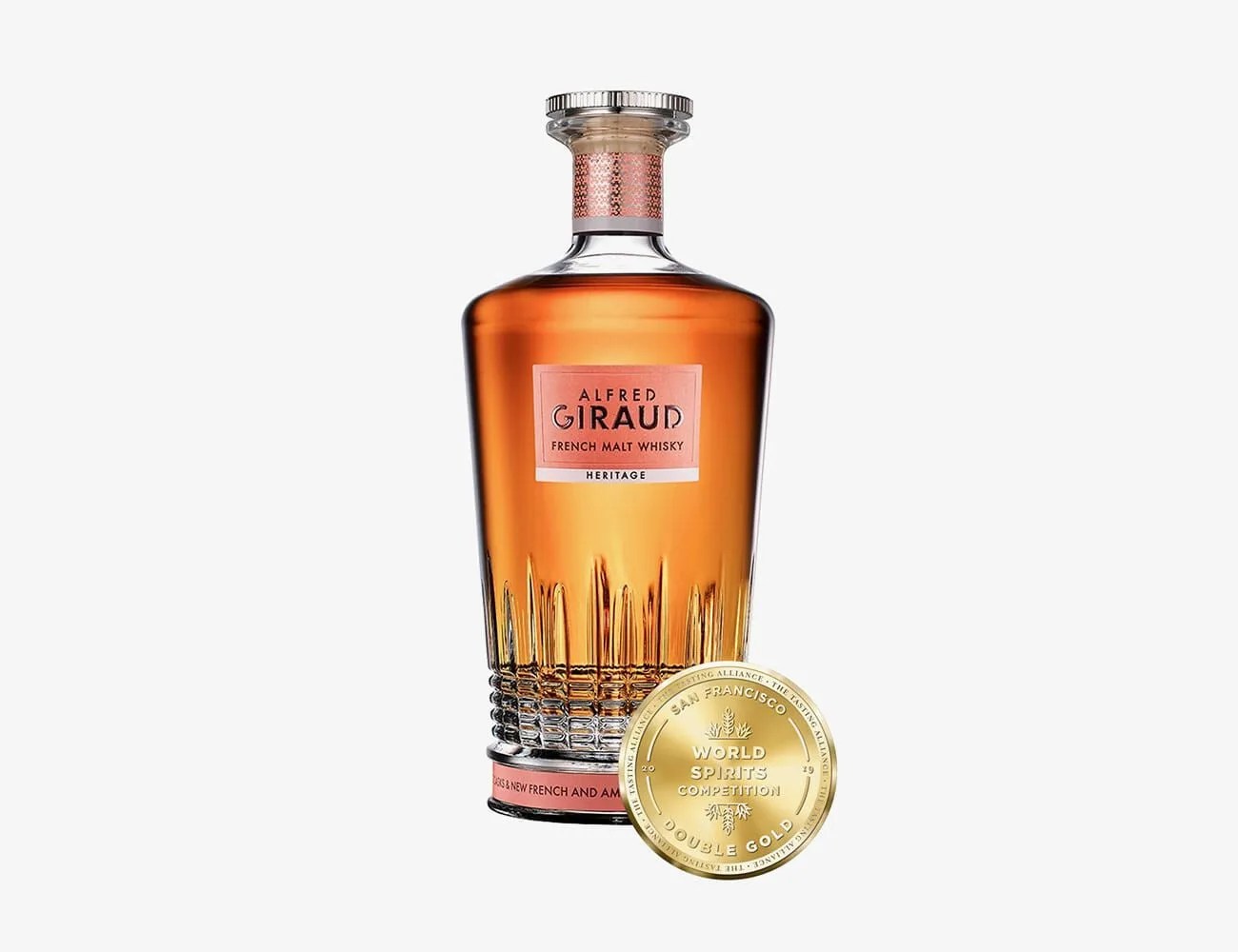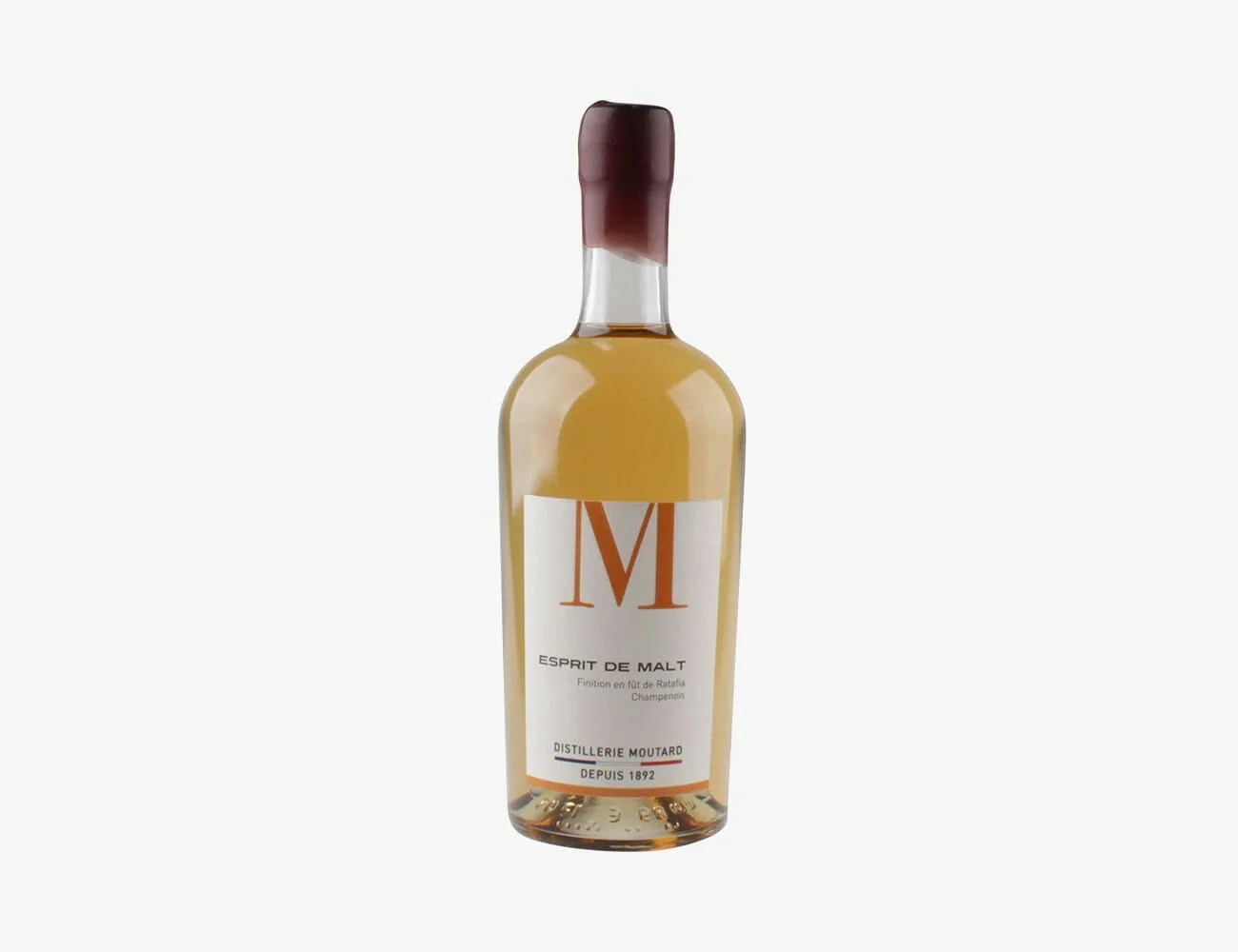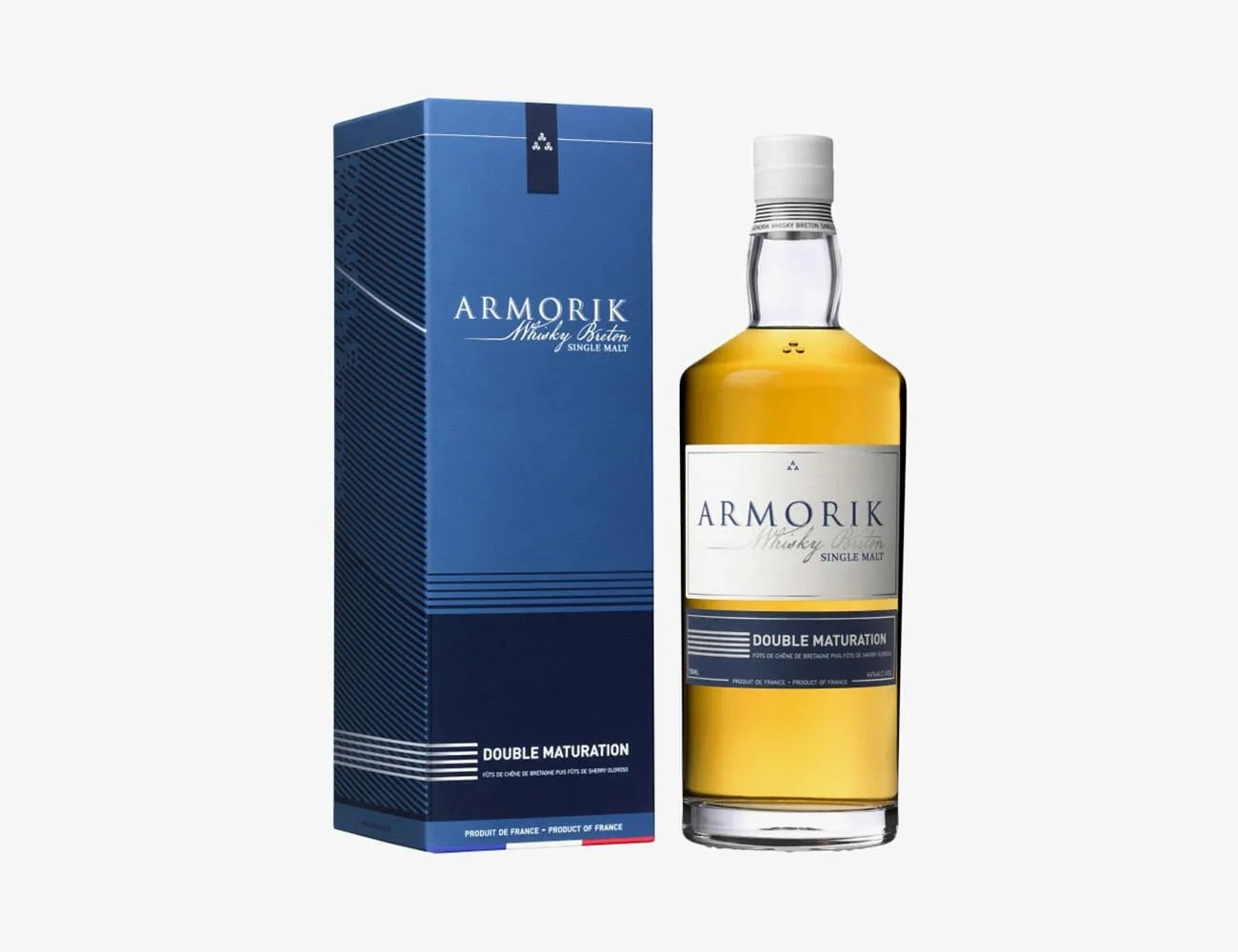The fifteenth dram in my flight of French whisky is Armorik Double Maturation Single Malt, and I’m slightly relieved it’s the last. It looks delicious, especially golden thanks to the copper hue inside New York City’s Brandy Library, and tastes even better. Owner (and Frenchman) Flavien Desoblin hints that he’s got a few more bottles stashed away, but my palate is tapped out. “We don’t sell many French flights,” he laments, gesturing to a near-full Brenne 10-Year Limited Edition bottle that he’s had for a few years. “It’s a shame because this is a very exciting time. Soon, French whisky could be as big as Japanese whisky.”
It’d be easy to mistake Desoblin’s giddiness for the burgeoning French whisky category as national pride, but when you consider that France is the number one consumer of whisky, per capita, of all countries, and that there are currently 60 active distilleries in France, while another 40 have applied for licenses in the past year alone, you can see where Desoblin is coming from. We’re about to get hit with a crush of French juice, right as Japanese distillers are forced to discontinue age statements — and even some blends — because we drank it all.
Between cognac, Armagnac and brandy, French distillation has deep generational roots, but the demand for whisky is far higher. “French law limits cognac production to specific months so the distillers started making whisky in the off-seasons,” Desoblin shares. “When cognac wasn’t doing great, farmers got government subsidies to uproot grape vines to plant barley and other grain fields. Now everyone’s realizing the terroir in many regions where smaller distillers are cropping up is really suited for the grains.”
Now a hotbed of distilleries, Brittany is considered the origin of French whisky. Home to makers like Armorik, a distillery that’s been churning out under-the-radar, pot stilled single malt juice that rivals any scotch in a blind tasting for decades. Desoblin notes that the terroir not only factors in the glass — a whisky from Charente (a cognac region) or Gers (an Armagnac region) will have a different flavor profile than an Alsace (a riesling region) offering — but it’s used as a vital marketing tool to differentiate brands since the French whisky is still too nascent to have a distinct style unto itself.
Common traits do emerge, evident after my too-expansive flight. Generally, French whisky isn’t big and bold, like American offerings; it’s elegant and silky, soft and round, palatable and balanced. If this all sounds like Japanese whisky, you’re on the right track. “The French palate likes substance and complexity,” Desoblin says. He points to Alfred Giraud Heritage, a triple malt blend aged in extremely rare ex-cognac casks that is so absurdly divine, I attempt to lick any remnants from the empty dram. “This is the turning point of French whisky,” he beams. “It’s incredible. When we look back in fifteen years, we’ll say [owner and founder] Philippe Giraud changed the whole game.”
The liquid in the bottle is a blend of 7- and 8-year-old whisky, on par with whiskeys made Stateside, but lower than many high-end offerings. If you were French, or you knew Philippe Giraud, you might not mind.
